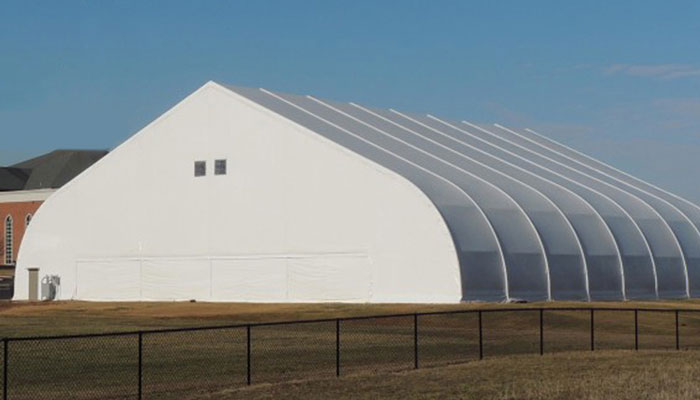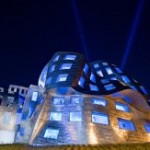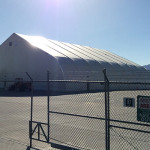
Be Environmentally Friendly with a Tensioned Fabric Building
This post may contain affiliate links or Google Ads and we may earn a small commission when you click on the links at no additional cost to you. As an Amazon Affiliate, we earn from qualifying purchases. This is at no additional cost to you and helps with our website expenses.
Did you know there are few structures greener than a tensioned fabric building? A Tensioned Fabric Structure (TFS) can help your business be more environmentally friendly.

The LEED Rating System
LEED stands for Leadership in Energy and Environmental Design, and it is a rating system that provides a measure of sustainability for buildings. When a building is LEED-certified, you know it’s clean, green, sustainable, and very environmentally friendly.
To become LEED-certified, building owners, designers, or contractors apply to the U. S. Green Building Council, the government agency that originated the LEED system in 2009. The application is reviewed and several areas are examined.
A Tensioned Fabric Building May Give You a Boost in These 6 Categories
There are actually dozens of categories in which LEEDS credits may be earned, but here are some that may apply to your tensioned fabric building:
- Construction and demolition waste management. The idea here is to reduce waste that goes into our nation’s landfills and which gets incinerated. This is achieved by reusing and recycling materials. TFS are relocatable so are highly reusable.
- Minimum energy performance.Here the goal is to reduce the use of energy use by constructing a super-efficient building. A TFS may achieve this simply by reducing the need for excessive artificial lighting because of the natural daylight that permeates the walls and ceiling.
- Construction activity pollution prevention.Construction of a new building often creates a negative impact on the land surrounding the project: soil erosion and dust blowing around are prime factors. With a tensioned fabric building over a construction site, this sort of pollution is vastly reduced.
- The well-being of your building’s occupants is also a LEEDS consideration. By providing lots of natural daylight, a TFS helps occupants stay in tune with their circadian rhythms. They also maintain a closer connection to the outdoors via the natural daylight that permeates the walls and ceiling of a tensioned fabric building.
- Building life-cycle impact reduction.Points in this category are typically earned when a building owner reuses an historical building or renovates an abandoned building. But there is a third way to earn points here, and that is to reuse a building or material from a building. That is certainly the case with TFS, which can be relocated to serve another purpose or expanded to grow with its owner’s needs.
- Optimize energy performance. The use of daylight to minimize lighting needs and costs may help you earn points in this category. Many TFS have optional translucent fabric and/or skylights that can be used.An additional energy savings comes from the fact that in a tensioned fabric building interior walls and ceiling are white by default. That means the light is bounced around the space rather than absorbed as it would by a darker color. This helps to further light up the interior.
Making Buildings Greener
Together with your commitment to a greener lifestyle and energy-efficient practices, you can make a positive impact on the planet and on our communities.
Tensioned fabric structures actually eliminate a great deal of construction waste in three ways:
- Since they can be reused and relocated, there is no need for a construction project to take place at all for the second location, and the third and the fourth…
- With a TFS, there is no need to dig a foundation- no devastation of the area surrounding the building footprint from multiple heavy construction vehicles, either- just the one that delivers your TFS and a few light machinery vehicles for installation
- At the the building’s end of life, a TFS will be reused or the aluminum framework will be recycled. You cannot say either of those things about a conventional building constructed with traditional materials.
Having a tensioned fabric building will help you fulfill your environmental initiatives. For more information contact Allsite Fabric Structures.




